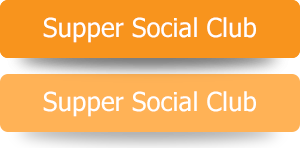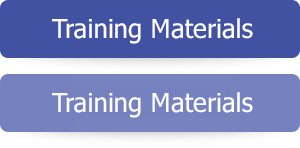Subsidies for SGA
Are you a SSDI beneficiary working or wanting to work over the Substantial Gainful Activity ($1090 in 2015)? Are you receiving support from your employer? You can use Subsidies for SGA purposes
A few things to consider first: During an SGA determination, SSA looks at gross wages when they were earned, not when they were paid to you. For example, if you get paid every week or every other week you will have some months when you get an extra paycheck. SSA won’t count that extra paycheck when it was received – they are only interested in when the work was done that you got paid for. In addition, they will deduct any wages you were paid for days you actually did not work such as sick leave pay or vacation pay. SSA considers many things in addition to the amount you received in gross wages such as:
• The value of your work compared to non-disabled coworkers and whether you got help doing your job from an agency or your employer (Subsidy/Special Conditions);
• Whether or not you paid expenses related to your disability because you were working, (Impairment Related Work Expenses, Business expenses, unpaid help); and
• How long you were able to earn more than the SGA level and whether you were unable to keep earning SGA level wages beyond 6 months due to your disability (Unsuccessful Work Attempt or UWA).
Using Subsidy and Special Conditions: SSA is only interested in earnings that represent the real value of the work you perform. SSA understands that support may be provided by your employer that may result in you receiving more pay than the actual value of the services you perform. They call this “subsidy”. In addition, SSA realizes that you may receive support provided by someone other than your employer – for example, a vocational rehabilitation agency. As a result of this support, you may be receiving more pay than the actual value of the services you perform. They call this type of support “special conditions”. SSA will reduce the amount of income they count by the value of the subsidy and/or the special conditions you receive when deciding if your earnings are SGA.
Subsidies exist when employers pay workers more in wages than the reasonable value of the actual services performed. To qualify, individuals must have evidence of receiving subsidies such as extra support, supervision, or documentation of lower productivity compared to unimpaired workers performing the same or similar work.
In developing subsidies, employers are requested by the SSA to submit statements documenting the actual value of workers’ services. Subsidies may be either specific or non-specific. In specific subsidies, employers designate a specific dollar amount after calculating the reasonable value of workers’ services. In non-specific subsidies, employers are unable to designate a specific dollar amount as the subsidy. The amount of subsidies is determined by comparing the work of individuals in terms of time, skills, and responsibilities with that of nondisabled individuals in similar work. The proportional value of the work must then be estimated according to the prevailing pay scale of this work. SSA makes this determination.
The following list of possible indicators of subsidies is not exhaustive and questions regarding a specific example should be directed to the local SSA office.
• Sheltered employment;
• Childhood disability involved;
• Mental impairment involved;
• Marked discrepancy between amount of pay and value of services;
• Claimants or someone else alleges that claimants do not earn their pay;
• Nature and severity of impairment indicates that employees receive help from others in doing the work; and/or
• Government-sponsored job training or employment programs.
• Friendship or relationship to employer;
Other factors unrelated to the performance of the worker;
• Does the employer consider the work to be worth substantially less than the amount paid? If so, what are the reasons for this view?
• If the individual is still on the payroll despite unsatisfactory work, what is the employer’s reasons for retaining them?
• If the individual is no longer employed, what led to the termination of employment?
Some questions that might help to figure out if you are receiving support (subsidies) from your employer.
Employer-Provided Job Subsidies (check those that apply and provide cost to employer whenever possible)
• ____ Extra supervision ____ hours at ____ per hour for month(s) of ____ Allows extra time to perform duties (describe):
• ____ Allows lower productivity (describe):
• ____ Special accommodations (describe):
• ____ provides special transportation ___ miles per day or ____ hours per month at ____ per hour.
• ____ Adjusts work schedule (explain):
• ____ Adjusts duties (explain):
• ____ Wages paid above productivity (explain):
• ____ Other (describe):
• Documented cost of employer provided subsidies ________________________
• Special Arrangements/Accommodations: are these workers subject to the same duties, expectations, responsibilities, and potential for promotion as other workers doing similar jobs for this employer? ____ yes ____ no
• Are there any special arrangements in place to maintain the client’s worker in this job? ____ yes ____ no (If yes, explain) were these jobs “created” specifically for this employment situation or client? ____ yes ____ no
The information in this document is meant to help you understand this work incentive. Remember that the SSA and other agencies make decisions about your benefits. This document is meant to be a resource, not a decision about eligibility.
Reference
• SSA Red Book 2015
• edi.cornell.edu/publications/ssa
• vcu-ntc.org/resources/listContent.cfm/58/0













